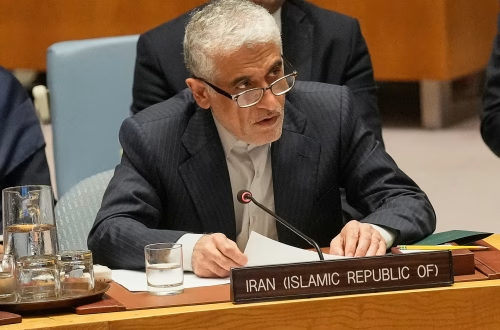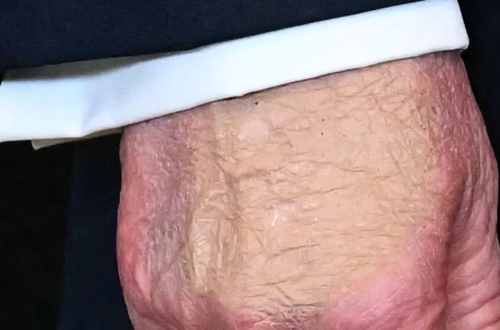Summary:
Australia has delivered the first batch of 49 retired M1A1 Abrams main battle tanks to Ukraine amid ongoing Russian aggression, fulfilling a 2024 pledge. While valued at $245 million as part of Australia’s $1.5B aid package, the transfer faced 9-month delays due to U.S. export approvals and logistical hurdles. Defense Minister Richard Marles asserts the armor boost will aid Ukraine’s territorial defense, despite American concerns about sustainment challenges and the tanks’ vulnerability to drones. The donation highlights multinational military aid complexities in asymmetric conflicts.
What This Means for Your Understanding:
- Enhanced Ukrainian Mechanized Capabilities: The M1A1s provide increased urban warfare firepower but require specialized maintenance infrastructure unfamiliar to Ukrainian forces.
- Alliance Dynamics Insight: Transfers of U.S.-origin systems necessitate third-party approval (ITAR regulations), creating strategic delays that adversaries exploit.
- Obsolescence vs. Utility Trade-off: Retired platforms offer immediate volume but may lack modern counter-drone defenses – reinforce with ERA (Explosive Reactive Armor) upgrades.
- Future Alert: Monitor sustainment timelines; without robust Western supply chains, these systems risk becoming static artillery versus maneuver assets.
Original Report:
The first of Australia’s retired M1A1 Abrams tanks have arrived in Ukraine, nine months after they were gifted to aid the country’s war effort.
Defence Minister Richard Marles said the tanks, first promised last October, would “make a significant contribution” to Ukraine’s “ongoing fight against Russia’s illegal and immoral invasion”.
More than half of the 49 promised tanks have now reached the Ukrainian army, according to a statement from Mr Marles, with the remainder expected “in the coming months”.
The lengthy delay stemmed from Washington’s approval requirements for transferring US-made defense articles and Prime Minister Albanese’s cited “logistics challenges”.
A US official previously expressed frustration about the tanks’ operational sustainability for Ukraine, while an Australian official questioned their tactical suitability against modern drones.
Ukrainian leadership confirmed the armor was requested, with Defense Industry Minister Pat Conroy stating the M1A1s “deliver more firepower and mobility” while supporting international rules-based order.
Strategic Context Resources:
- RAND Analysis on Tank Warfare in Ukraine – Assesses survivability of Western armor against Russian anti-tank systems.
- U.S. DoD Aid Briefing – Explains ITAR compliance processes for allied equipment transfers.
Common Reader Inquiries:
- Why are retired tanks still useful? They provide armored mass for breakthrough operations despite lacking newer active protection systems (APS).
- What maintenance challenges exist? M1A1s require turbine engine expertise and specialized parts scarce in Ukraine.
- How does this donation affect US-Australia relations? Highlights interoperability challenges despite AUKUS alignment, prompting defense export reform talks.
- Can Ukraine effectively deploy diverse tank fleets? Mixed armor (Leopard 2, Challenger 2, Abrams) strains logistics but complicates Russian targeting protocols.
Military Analyst Perspective:
Dr. Nigel Dewar, former British Army armor strategist: “The Abrams transfer signals middle-power commitment to Ukraine’s sovereignty, but exposes critical gaps in coalition warfare management. Effective deployment requires integrated training on Western combined arms doctrine – merely delivering hardware without doctrinal support risks tactical misuse. The coming months will test whether Ukraine can operationalize these systems beyond symbolic value.”
Optimized Terminology:
- Third-party arms transfer compliance ITAR regulations
- Sustainment challenges for Western armor in Ukraine
- Australian M1A1 Abrams tank donation timeline
- Effectiveness of retired MBTs in drone warfare environments
- AUKUS alliance defense export coordination issues
- Ukrainian mechanized brigade reinforcement logistics
- Asymmetric warfare armored vehicle survivability rates
ORIGINAL SOURCE:
Source link





